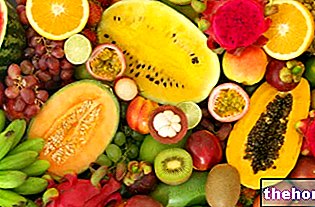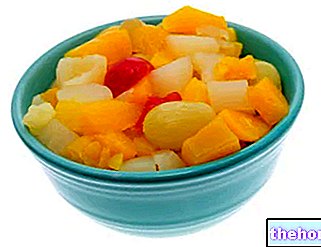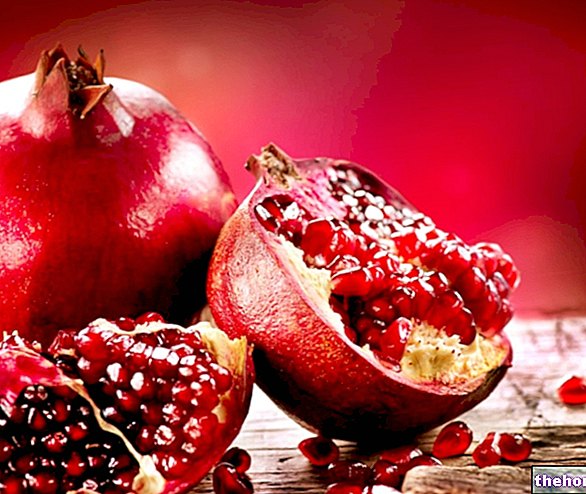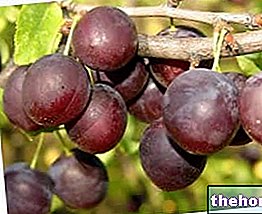
Peaches, like all fresh fruits, belong to the VI-VII fundamental group of foods - fruit and vegetables rich in vitamin A and vitamin C. However, once processed for transformation into "preserves" - washing, peeling, pitting, cooking and potting in a sweet preserving liquid - they no longer have the same nutritional characteristics as fresh fruit. Chemically speaking, they are richer in soluble / simple sugars but contain fewer thermolabile vitamins. This makes them very caloric and endowed with a high glycemic-insulin load and index; they are therefore not very suitable for clinical nutrition, especially for overweight, type 2 diabetes mellitus and hypertriglyceridemia. many types of ascorbate.
The recipe for peaches in syrup is quite simple. The necessary step for conservation is that of cooking and potting with sterilization; the most important phase to obtain a perfect consistency in the long term is certainly the formulation of the syrup.
In cooking, peaches in syrup are mainly used as a dessert, sometimes accompanied by whipped cream and / or liqueurs and / or chocolate flakes and / or biscuits - even crumbled. It is advisable to eat them away from main meals, so as not to reach too high a glycemic load. They can be a snack or a breakfast ingredient. There are several recipes that contain peaches in syrup, even if on average they are all excessively caloric to constitute an ordinary diet; a classic example is melba peach, but they are used for various cakes - especially cold - and spoon desserts.




























